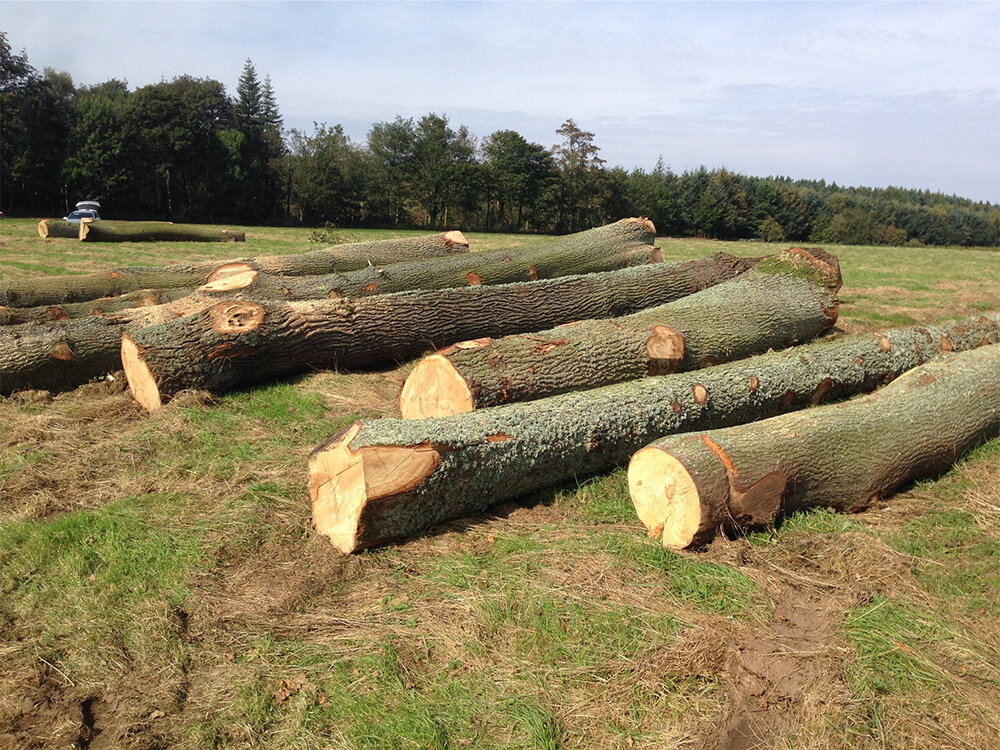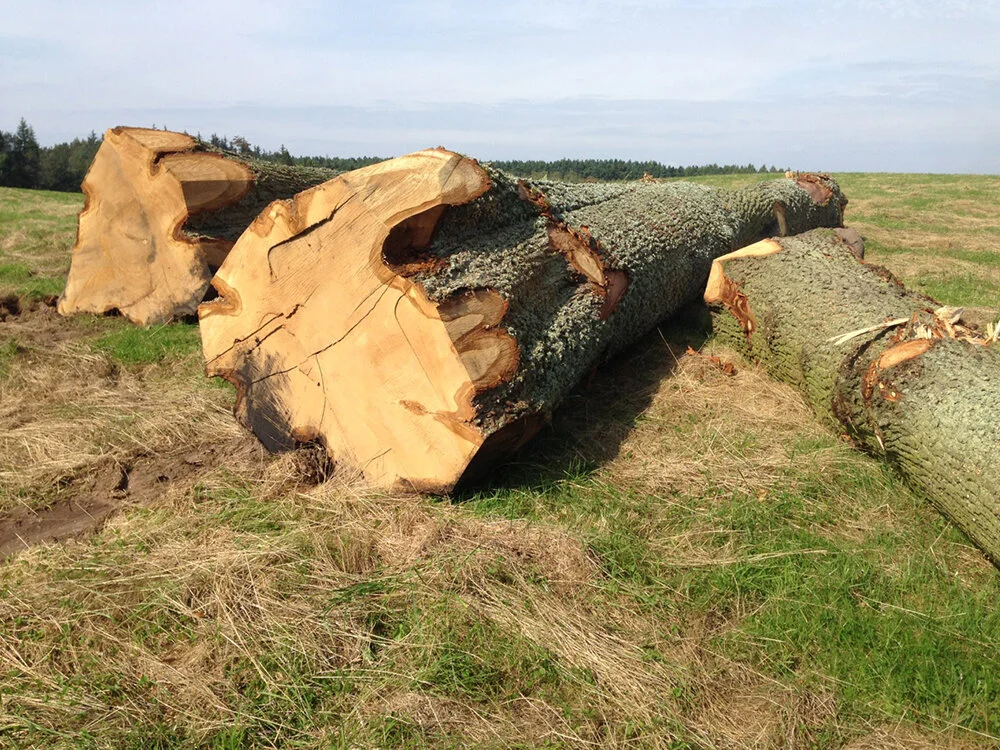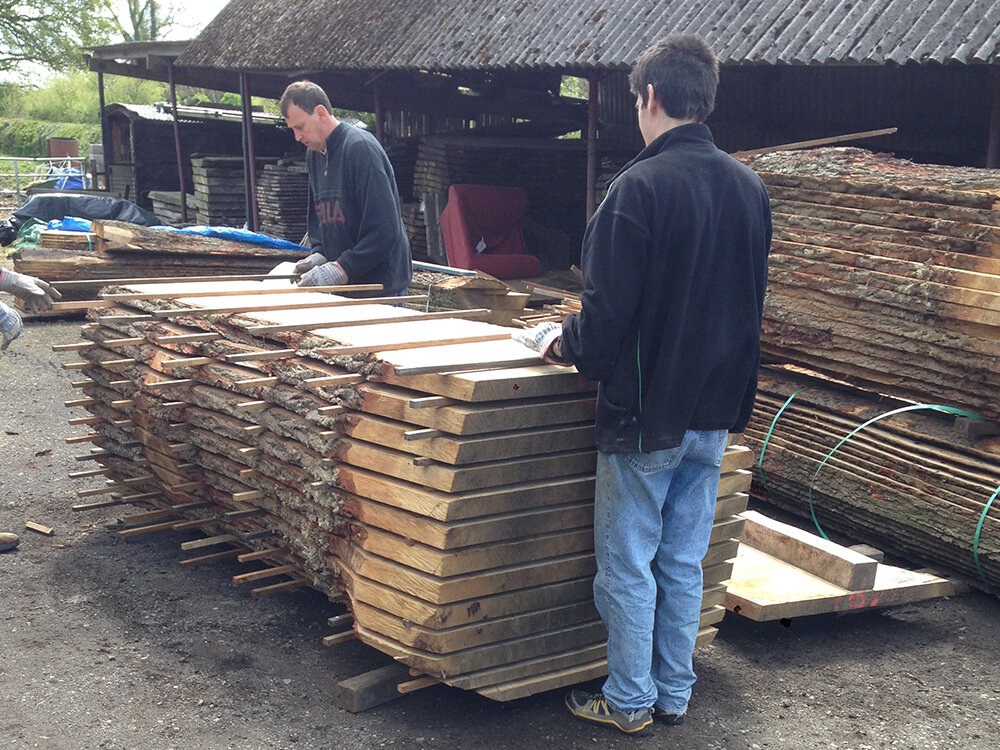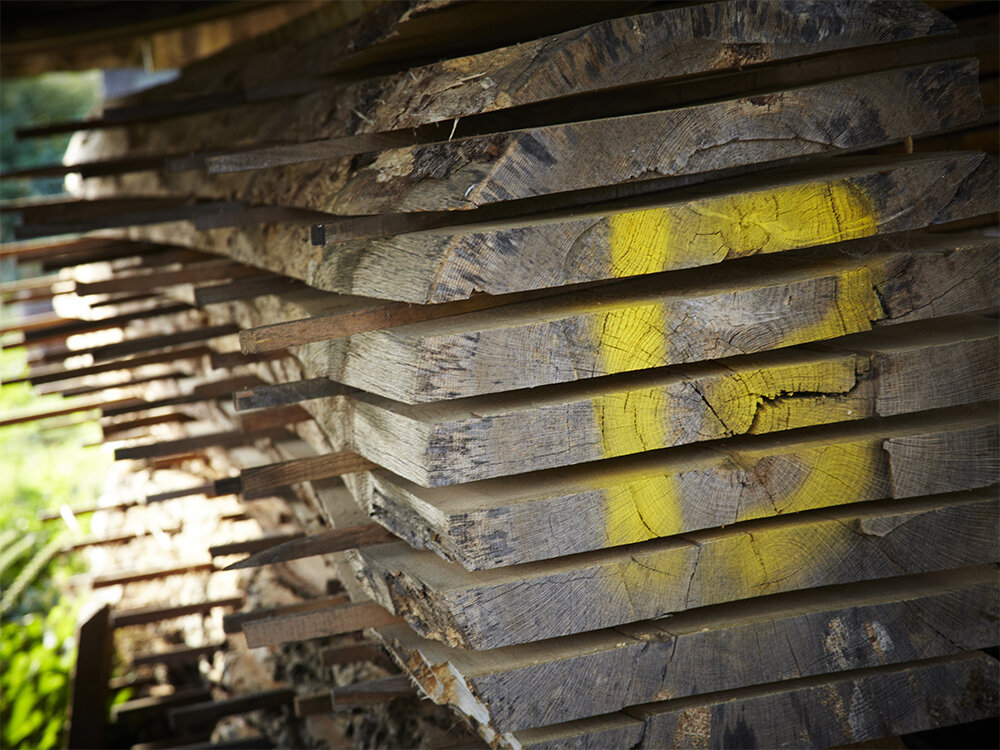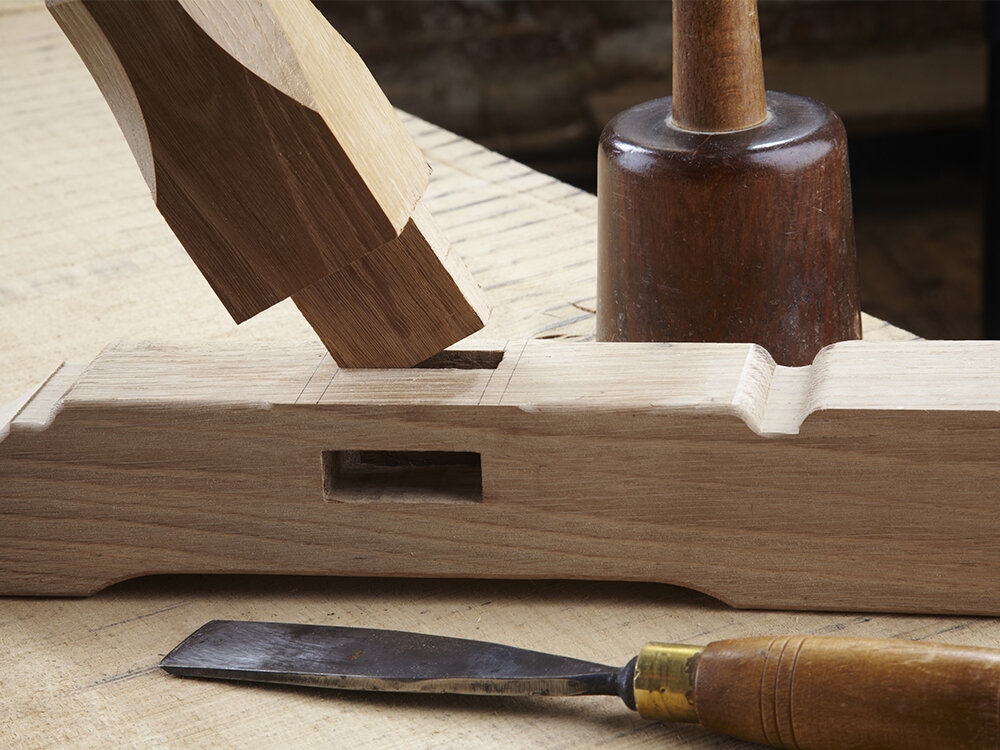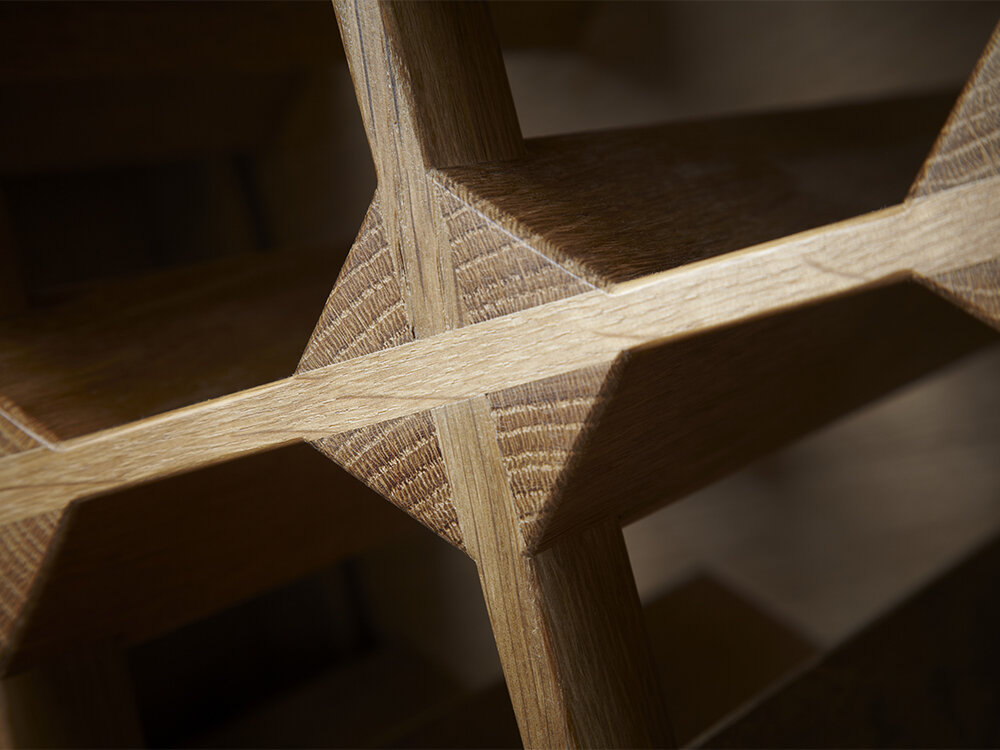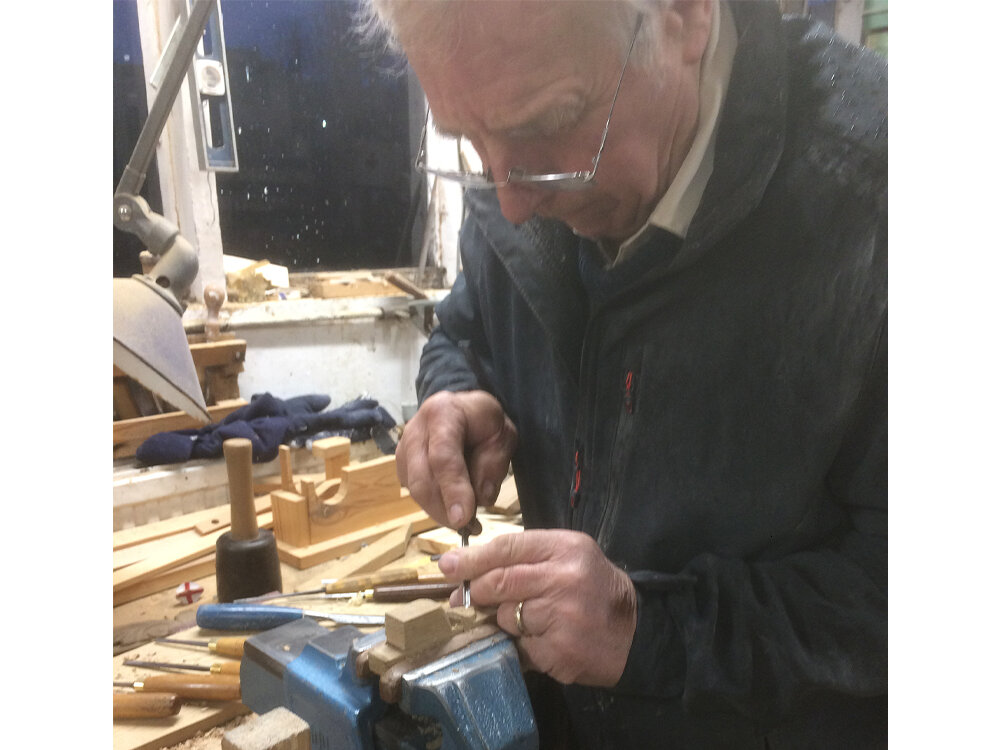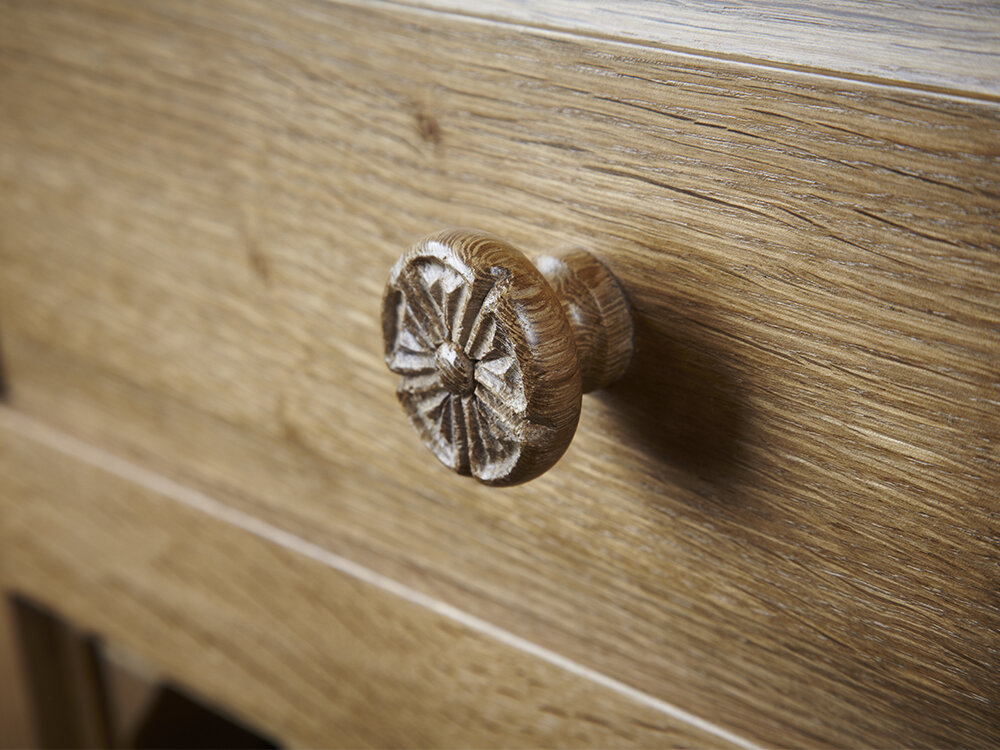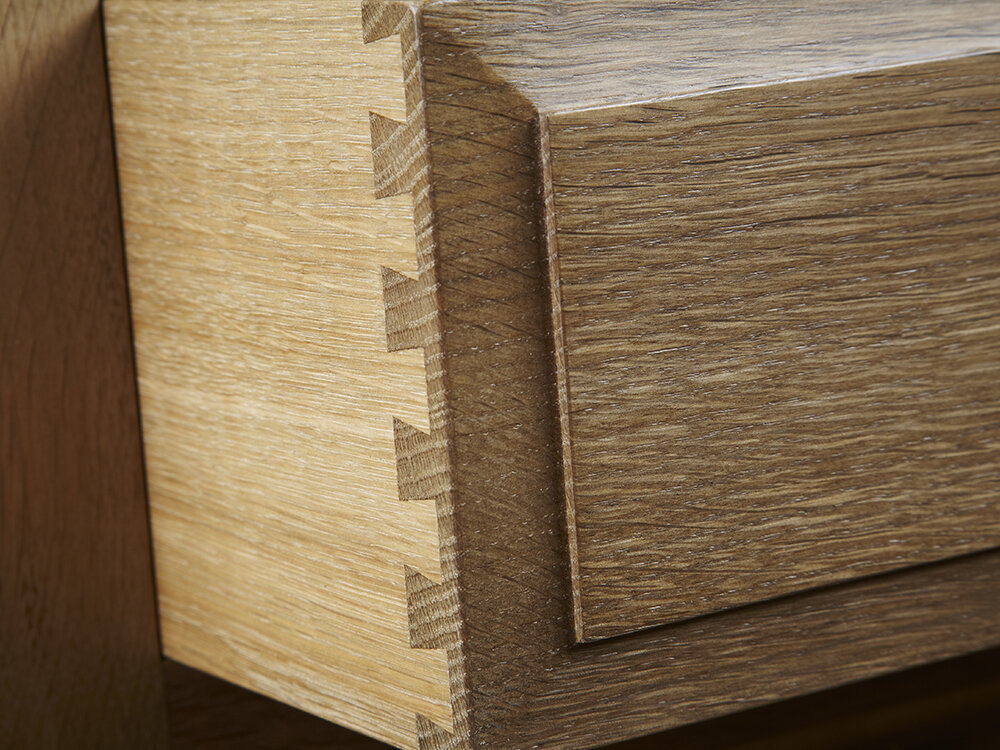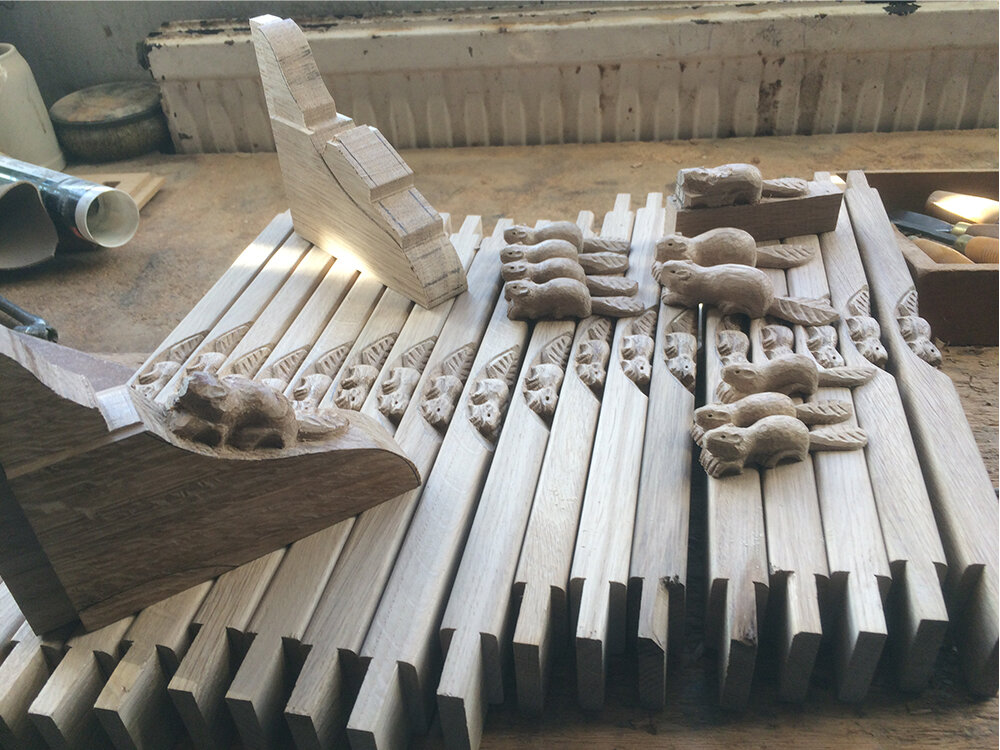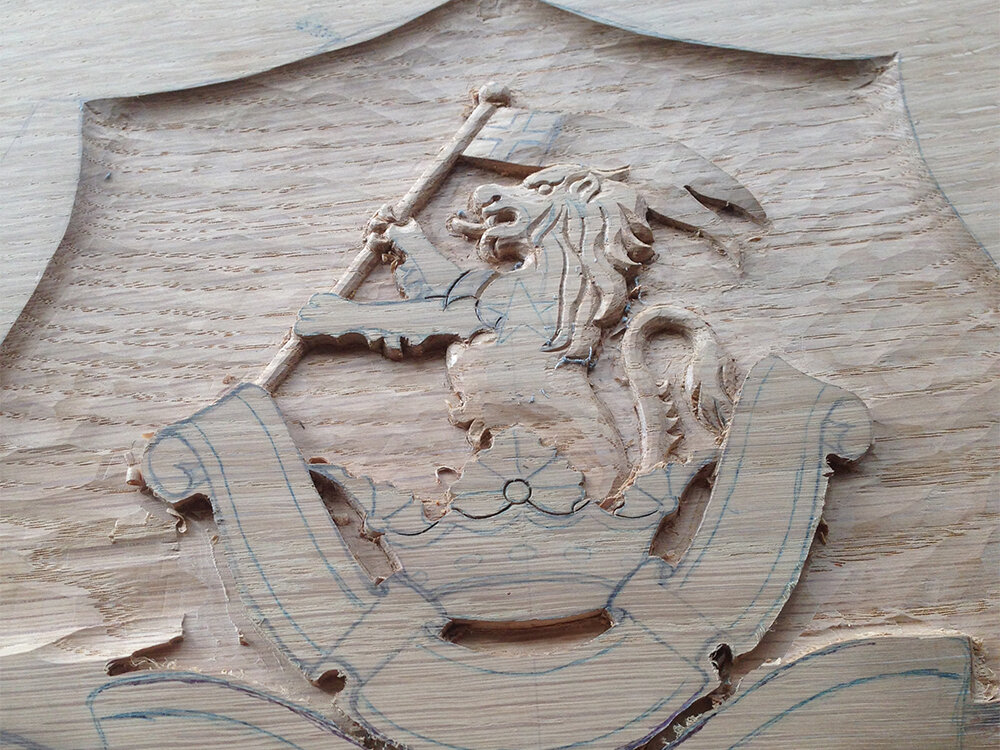English Oak (Quercus robur)
The botanical Latin name Quercus robur translates as Quercus – Oak, and robur – hard/strength-wood. There are two native species of oak – the English oak (Quercus robur) and the sessile or durmast oak (Quercus petraea). The English Oak is also referred to as the pedunculate oak due to acorns being produced on long stalks or peduncles.
The oak tree is believed to have existed for around 65 million years, and is the most commonly found native British tree. Oaks are classified as ancient from 400 years onwards. A veteran oak is 150-300 years of age and a notable oak is 150-200 years old. A mature oak tree can reach around 148 feet tall. Oaks start producing acorns from about 30 years of age, acorn and may produce about 10 million acorns during its lifetime. At over a 1000 years of age, with a girth of over 40 feet, the Bowthorpe Oak, near Bourne, in Lincolnshire is one of England's oldest oaks.
Trees can suffer damage by a number of causes, including fungi, bacteria, viruses, weather, animals and insects. One of the most visible responses to these challenges is the formation of an abnormal knobbly growth called a “burr”. This growth is a mass of shoot and bud tissue that grows rapidly over the wound. which heals over during the period of irregular growth. The burr protects the tree from any further damage at that site. Burr oak is rare and highly prized for its beautiful whorls and patterns and shading.
Oak is one of the hardest and most durable timbers and has been prized for centuries for building and construction and of course furniture making.

